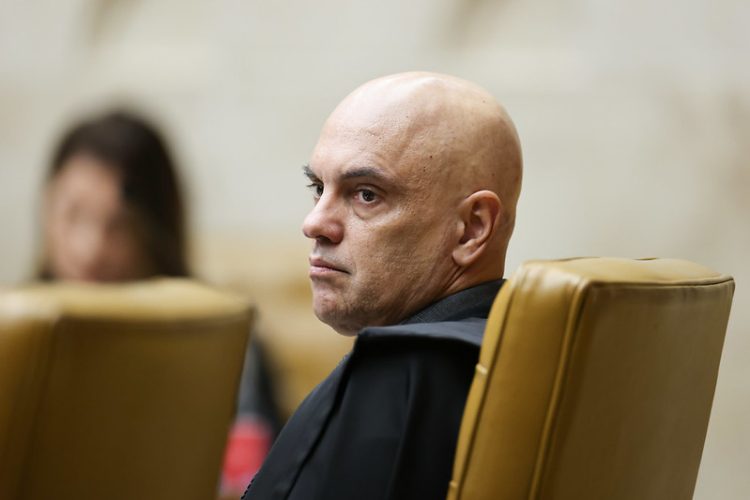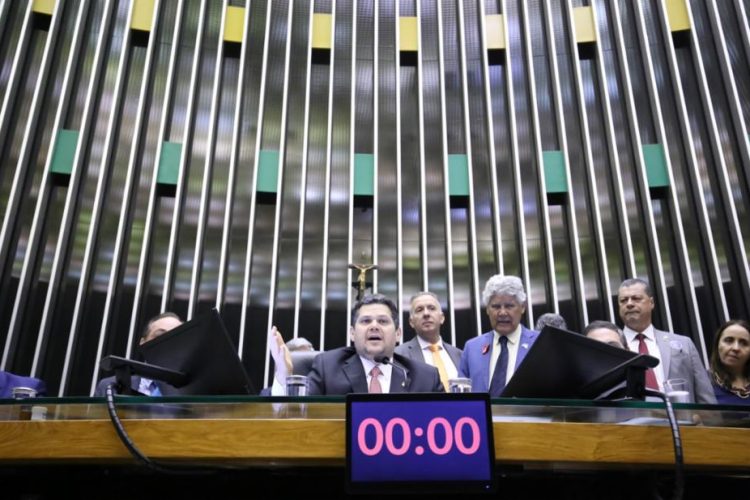
Riots have become an all-too-familiar sight on American television screens. The country seems constantly braced for radical extremism disguised as “peaceful protests.” The images of car burnings and “F*ck ICE” graffiti coming out of Los Angeles last week are only the latest. Unfortunately, these incidents are so similar to the Black Lives Matter riots of 2020, that California’s Gov. Gavin Newsom tried to score some pathetic political points by correcting someone who mixed up a video from 2020 with a current video. In the five years since the aftermath of George Floyd’s death, California is still stuck in its fiery, lawless ways.
I turned 18 one week after George Floyd was killed. I didn’t post any photos on my birthday because that was the day when social media users were pressured into posting a black square online. No restaurants were open because of Covid, so my family cooked dinner at home, then afterwards we gathered around the television to watch live coverage of riots across the country.
At 23 years old, I’m now indifferent to rioting. During the Michael Brown protests, I remember trembling at the images of cops wearing gas masks, coming out of the smoke towards legions of screaming protestors. Even Kyle Rittenhouse’s story jarred me, especially since he was only a few months younger than I was and his infamous incident occurred less than an hour from my house. These protests became increasingly frequent and close to home, and as they did, my attitude towards them changed.
Eighteen-year-olds are typically known to be idealists with starry-eyed dreams of equality and global peace. In the past, liberals have taken advantage of this naivety to build an energetic coalition of misinformed college kids. This seemed to be a reliable phenomenon, with around 43 percent of Gen Z adults aged 18-24 identifying as liberal. However, recent studies have found that Gen Z teens are far more likely to have moderate political views, have their parents’ religious affiliations, and distrust political institutions.
Shutting down schools, businesses, and even playgrounds during Covid impacted younger children in a severe way, as they lost human contact during a crucial stage of their development. Like me, many were cut off from friends and activities, with nothing more than a screen left to entertain them.
And what was that screen showing children?
The 2020 protests stretched on for an entire summer, as huge crowds in masks set businesses and government buildings ablaze. So-called “activists” took over highways and parks, spray-painted the communities they pretended to love, and threatened anyone who refused to bend the knee to their ideology. It made the subsequent climate change and pro-abortion protests seem like a piece of cake.
Gen Z teens have been force-fed the most radical version of liberalism, and it has dried up their empathy. The anti-ICE protests in L.A. don’t shock a generation of kids who witnessed months and months of violent protests before they had their driver’s licenses. Gen Z teens have grown up with all of the ugliness of social media, were subject to pandemic lockdowns, and had to listen to authority figures try to tell them that DEI was cool. This melting pot of cultural influences gave youths the opportunity to step away from liberalism.
In the 1970s, young people joined in the anti-war protests in response to American involvement in Vietnam. This Baby Boomer generation fought back against the government and its push for military involvement in foreign conflicts. They were fighting against what they saw as “the authority” and questioning the reasoning that older generations had normalized.
In 2025, Gen Z is also pushing back against “the authority.” Their teachers and parents have tried to sanctify George Floyd, convince them that Trump is Hitler, and push the LGBT agenda on them. Gen Z is fighting back against this. Their access to the internet and AI allows them to research topics without the political biases of third parties. They don’t have to listen to CNN talk about how mentally fit Joe Biden is, because they can see videos of him wandering offstage. They don’t fail prey to their school administrators’ transgender propaganda because they can see how gender surgeries have physically mutilated their peers. The left’s overwhelming presence has turned young people away from their attempts to be influential.
Young Americans are not falling for the “peaceful protest” narrative the way that their older siblings and parents did. They have felt the ugliest ramifications of DEI initiatives, and as a result, they have little sympathy for illegal immigrants. They don’t hate ICE, because they spent their childhoods watching those same ICE-haters openly hate police officers, white people, and heterosexuals.
Violent protests have become a normal part of life for Gen Z. Whatever the next slew of protests will be, it will not leave any lasting impression on a generation numb to them. The summer I turned 18, the summer when BLM reigned supreme, I lost all of my liberal inclination. I became an adult in a world that loved extremism so much that it pretended brutality was the key to liberty. I am 23, and protests mean nothing to me.
Brooke Brandtjen is a writer and journalist from Wisconsin who focuses primarily on culture, politics, and religion. She is extremely passionate about the arts and history, and is honored to write for a variety of distinguished publications.


